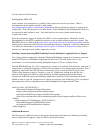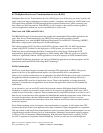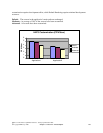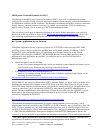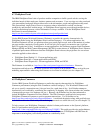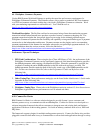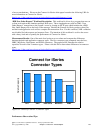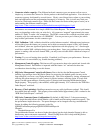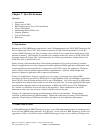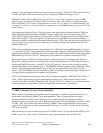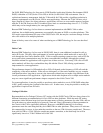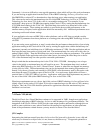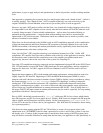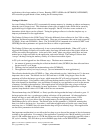
of access mechanisms. Please see the Connect for iSeries white paper located at the following URL for
more information on Connect for iSeries.
http://www-1.ibm.com/servers/eserver/iseries/btob/connect/pdf/whtpaperv11.pdf
“B2B New Order Request” Workload Description: This workload is driven by a program that runs on
a client work station that simulates multiple Web users. These simulated users send in cXML “New
Order Request” transactions to the System i server by issuing an HTTP post which includes the cXML
New Order Request file as the body of the message. Besides the Connect for iSeries product, other files
and back-end application code exist to complete this transaction flow. For this workload, XML validation
was disabled for both requests and response flows. The intention of this workload is to drive the server
with a heavy load and to quantify the performance of Connect for iSeries.
Measurement Results: One of the main focal points was to evaluate and compare the differences
between the back-end application connector types. The five connector types compared were the Java,
JDBC, MQ Series, Data Queue, and PCML connectors. The graphs below illustrates the relative
capacities for each of the connector types. Please visit this link to learn about differences in connector
types.
http://www-1.ibm.com/servers/eserver/iseries/btob/connect/pdf/whtpaperv11.pdf
Java JDBC Data Queue MQ Series PCML
Relative Capacity
Connect for iSeries
Connector Types
Figure 6.9 Connect for iSeries - Connector Types
Performance Observations/Tips:
IBM i 6.1 Performance Capabilities Reference - January/April/October 2008
© Copyright IBM Corp. 2008 Chapter 6 - Web Server and WebSphere 123



